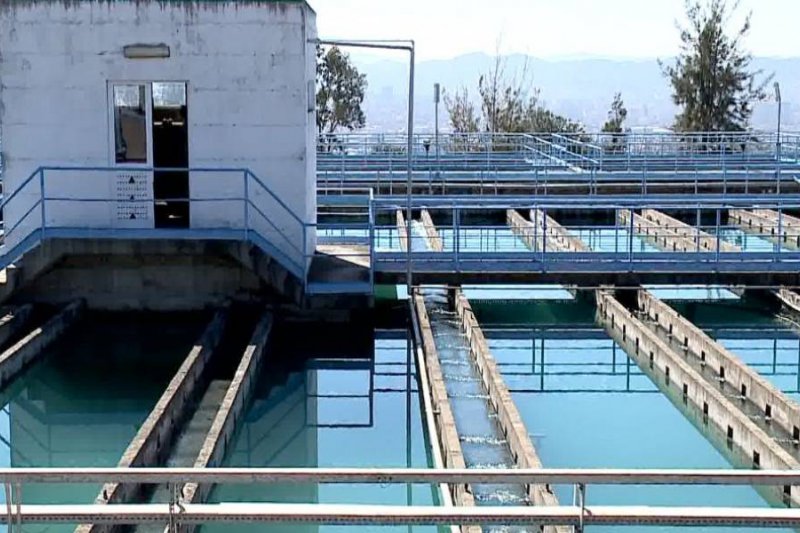Water Supply Costs Estimated to Reach EUR 1.2 Bln in 2022-2030
Water supply and sewerage sector which has often become part of the debate due to the losses that most companies have but also the great need for investments.
In the 2022-2030 period, a cost of 1.2 billion EUR is foreseen according to the National Water and Sewerage Strategy.
This money will be co-financed by the state budget and donors as well as from water tariffs, which the strategy predicts will increase by 75% by 2030.
"In the National Strategy of the Water Supply and Sewerage Sector 2022-2030, the total cost reaches about 1,248,441,846 Euros, where capital costs occupy 92% of the total and current costs 8%," the strategy states.
The strategy's funding source will be three items. Firstly the national, regional and/or local taxes that are used to fund the UK sector.
Secondly, consumer charges or payments (water supply service – connection and service charge – bulk / volumetric charge) used to finance the UK sector.
"This is the most stable source of funding for the sector. However, the question of affordability and the political approach of tariffs must be taken into account," the strategy underlines.
Thirdly, large transfers from foreign sources, technical assistance for development can provide funds for the UK sector. Mainly these transfers are made through bilateral programs and through the European Union Instrument for Pre-Accession Program II (IPA II)"
The government document underlines that the financial situation in many companies is unsatisfactory as their income does not even cover direct operating expenses.
"It is necessary for every UK company to cover at least direct operating costs, but also depreciation and interest payments in cases where they may have benefited from grants and loans for investments," the document underlines.
Under these conditions, the fee increase is proposed, which should be affordable for families, being limited to the fact that the water bill does not exceed 5 percent of income.
"The Financial Strategy foresees a 75% increase in the water tariff from 2020 to 2030 in order to increase the financial sustainability of UK companies. However, the average rate increase does not address the real issue of affordability as the rate remains below the affordability threshold (red line) throughout the period, even for the lowest 10% of the population (black line) . Moreover, the average tariff (blue line) remains three times lower than the affordability threshold, emphasizing that there is still room to increase tariffs in order to improve the financial performance of companies, without causing affordability problems. Therefore, tariffs can become an important source of funding for the sector in the future and support the implementation of the UK Sector National Strategy", the document states.
(Source: Monitor)













